Fishes
Media
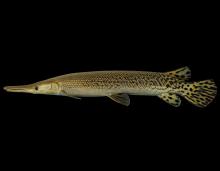
Species Types
Scientific Name
Atractosteus spatula (formerly Lepisosteus spatula)
Description
The alligator gar is Missouri's largest gar and has a distinctively short, broad snout. Populations are declining. This fish once occurred in the Mississippi River at least as far upstream as the mouth of the Illinois River and in major tributaries.
Media
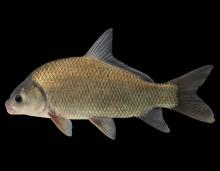
Species Types
Scientific Name
Ictiobus bulbalus
Description
The smallmouth buffalo is nearly as common and widespread in Missouri as the bigmouth buffalo. Identify it by its small, nearly horizontal mouth and the strongly keeled forward part of its back.
Media

Species Types
Scientific Name
Ictiobus niger
Description
Compared to Missouri’s other buffalofishes, the black buffalo is less abundant and widespread, and of the three, it occurs most often in places with strong currents.
Media
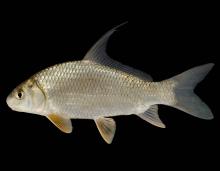
Species Types
Scientific Name
Carpiodes cyprinus
Description
Like our other carpsuckers, the quillback has a deep, rather thick body and a long, sickle-shaped dorsal fin. This silvery, hump-backed fish is widely distributed in Missouri.
Media
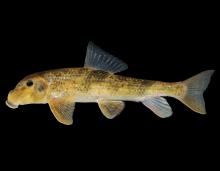
Species Types
Scientific Name
Hypentelium nigricans
Description
The northern hog sucker is one of the most abundant and widely distributed stream fishes in the Ozarks. It has a large, bony, square head. The mouth is at the tip of snout on the bottom. There are usually four dark crossbars.
Media
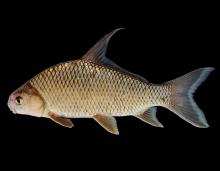
Species Types
Scientific Name
Carpiodes velifer
Description
The highfin carpsucker is named for the remarkably long first principal ray of its dorsal fin. It is rare in Missouri and is a Species of Conservation Concern.
Media
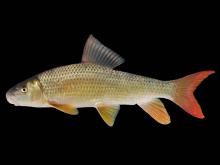
Species Types
Scientific Name
Moxostoma carinatum
Description
The river redhorse occurs throughout the Ozarks but is seldom common. It inhabits pools of clear, medium-sized to large streams with gravelly or rocky bottoms and continuous strong flow.
Media

Species Types
Scientific Name
Moxostoma macrolepidotum
Description
The shorthead redhorse is the most widely distributed redhorse sucker in Missouri, occurring nearly statewide. No other Missouri redhorse is as adaptable in its habitat requirements. Many specimens have a pea-shaped swelling on the upper lip.
Media

Species Types
Scientific Name
Noturus miurus
Description
The brindled madtom inhabits many of the same lowland streams and ditches as the tadpole madtom, and is nearly as common. Brindled madtoms are more often found in pools, however. The species also inhabits the Spring River system in southwest Missouri.
Media
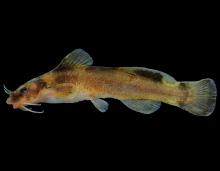
Species Types
Scientific Name
Noturus mayden
Description
The Black River madtom occurs only in the Black and St. Francis rivers of the Ozarks of southern Missouri and northern Arkansas. The back and fins are distinctly mottled with dark blotches and bars.
See Also

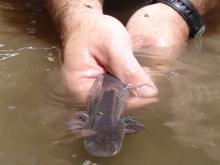
Media

Species Types
Scientific Name
Amphiuma tridactylum
Description
The three-toed amphiuma is an eel-like, completely aquatic salamander. It has very small forelimbs and hind limbs, each with three tiny toes. In Missouri it’s found only in the Bootheel region.
Media

Species Types
Scientific Name
Siren intermedia nettingi
Description
The western lesser siren is an eel-like, aquatic salamander with external gills, small eyes, small forelimbs with four toes, and no hind limbs. In Missouri, it’s found mostly in the Bootheel and northward in counties near the Mississippi River.
About Fishes in Missouri
Missouri has more than 200 kinds of fish, more than are found in most neighboring states. Fishes live in water, breathe with gills, and have fins instead of legs. Most are covered with scales. Most fish in Missouri “look” like fish and could never be confused with anything else. True, lampreys and eels have snakelike bodies — but they also have fins and smooth, slimy skin, which snakes do not.





















